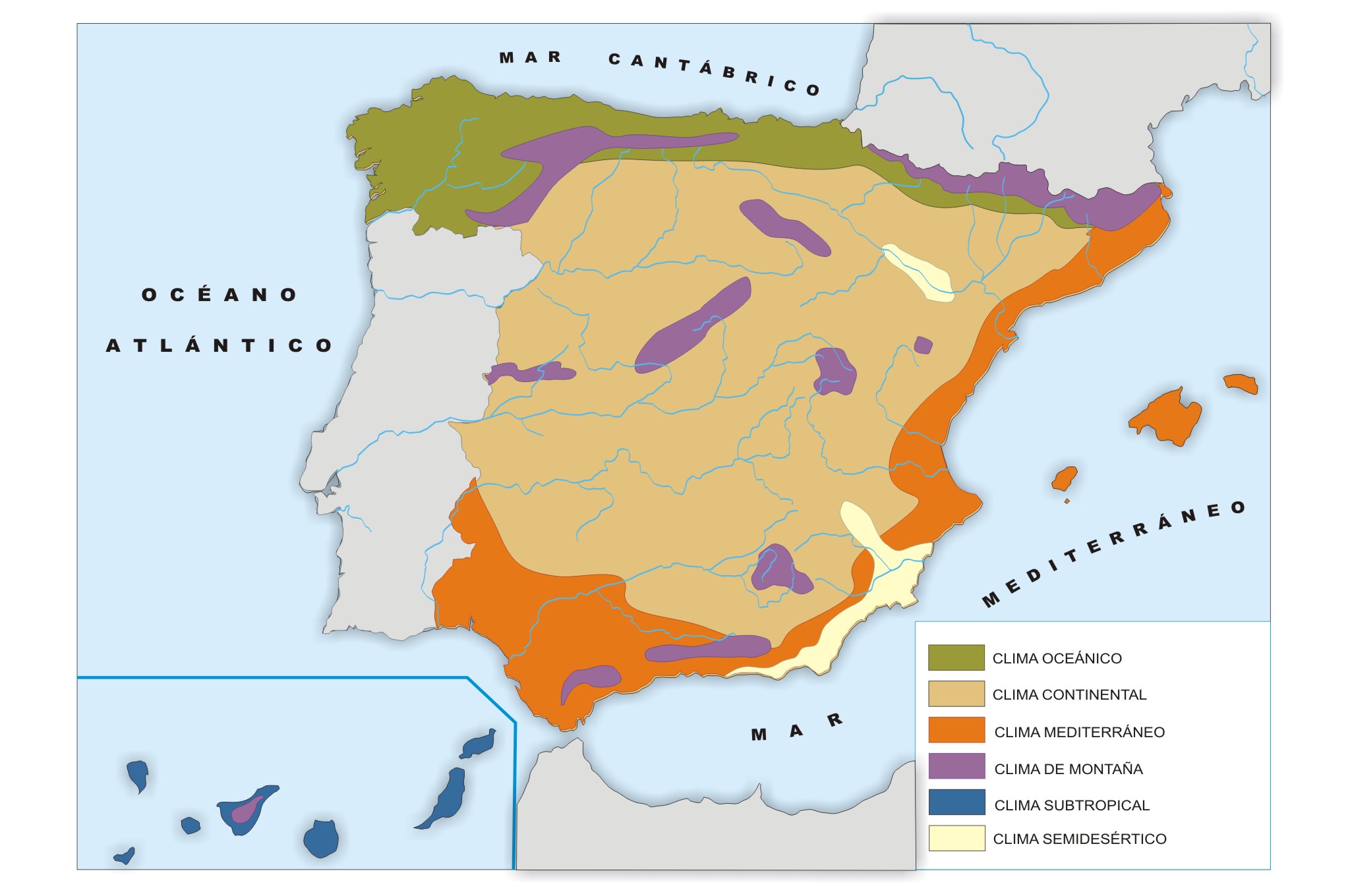UNIT 8 CLIMATE
CLIMATE
Climate and weather are not the same.
CLIMATE
Climate and weather are not the same.
What is climate?
Climate is the average weather usually taken over a 30-year time period for a particular region and time period. Climate is not the same as weather, but rather, it is the average pattern of weather for a particular region. Weather describes the short-term state of the atmosphere.
What is weather?
The weather is just the state of the atmosphere at any time, including things such as temperature, precipitation, air pressure and cloud cover. Daily changes in the weather are due to winds and storms. Seasonal changes are due to the Earth revolving around the sun.
Information copied from:
Global distribution of climates
Climates
are influenced by many factors, such as proximity to the equator or the
poles and proximity to the sea, as well as things like ocean currents,
atmospheric pressure belts and prevailing winds.
A
place's climate influences the types of vegetation and animals that
live there. It is possible to divide the world into a number of climatic
zones or biomes, each with their own characteristic climate, vegetation and wildlife.
Factors affecting climate
- Latitude or distance from the equator: Temperatures drop the further an area is from the equator due to the curvature of the earth. In areas closer to the poles, sunlight has a larger area of atmosphere to pass through and the sun is at a lower angle in the sky. As a result, more energy is lost and temperatures are cooler. In addition, the presence of ice and snow nearer the poles causes a higher albedo, meaning that more solar energy is reflected, also contributing to the cold.

The effect of the Sun's rays
- Altitude or height above sea level:Locations at a higher altitude have colder temperatures. Temperature usually decreases by 1°C for every 100 metres in altitude.
- Distance from the sea:Oceans heat up and cool down much more slowly than land. This means that coastal locations tend to be cooler in summer and warmer in winter than places inland at the same latitude and altitude. Glasgow, for example, is at a similar latitude to Moscow, but is much milder in winter because it is nearer to the coast than Moscow..
Information copied from:
More information about weather in the world in this link (interactive map):
CLIMATE IN SPAIN
Spain is located in the temperate zone. There are variations in climate depending on the regions:
- coastal regions
- mountain regions
- Canary Islands
- Mediterranean:
- typical mediterranean
- continental mediterranean
- dry mediterranean
- Oceanic = atlantic
- Mountain
- Subtropical

Information copied from this wiki: https://ourbilingualproject.wikispaces.com/Science+2nd+Cycle
Try to identify these characteristics. Maybe these maps can help you:





No hay comentarios:
Publicar un comentario